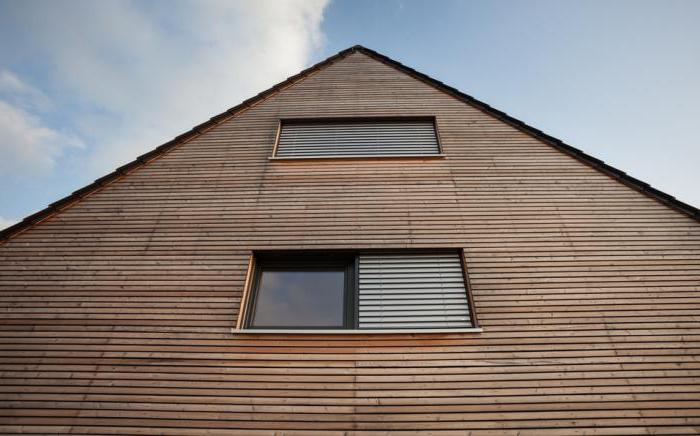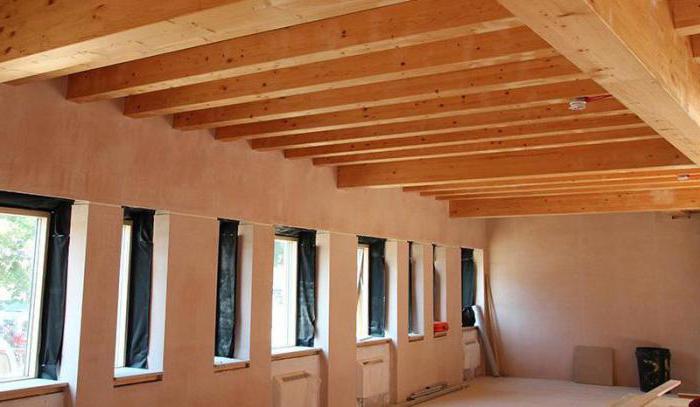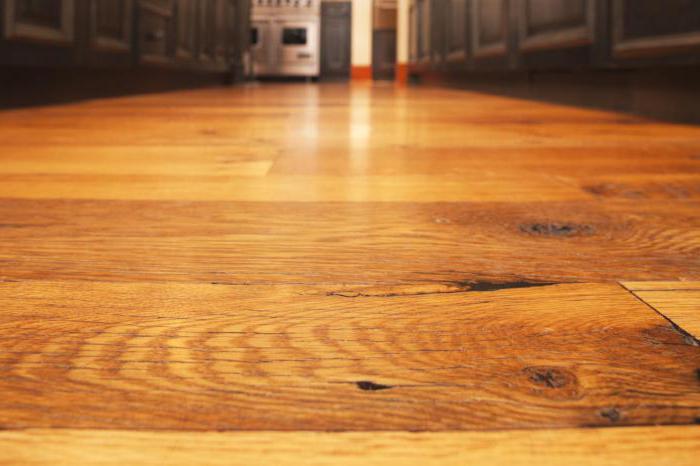Wood continues to remain relevant as a building material even in the age of the appearance of composites with a unique combination of technical and operational properties. Nevertheless, against the background of increasing technical requirements for structures, new technologies for modifying the primary properties of lumber are also being introduced. To the greatest extent, this concerns the protective qualities that determine the durability and reliability of products. So, at the final stage of manufacturing, fire-retardant treatment of wooden structures is considered mandatory, which allows to protect the material from fire.

Features of flame retardant treatment for wood
Fire compliance is, if not the main, then one of the main disadvantages of wood building materials. Therefore, the endowment of refractory properties is considered mandatory for most structures of this type. Insulating materials can act as a barrier, but they do not guarantee complete safety. Therefore, the wood structure should be processed directly. And unlike concrete with metal structures, which are also protected from fire, lumber readily absorbs both paintwork and impregnations - the only question is the combination of characteristics. There are other features associated with the qualities of wood as such. The fact is that it is often used because of environmental safety. And this goes against the idea of chemical refractory treatment. Therefore, to preserve the initial harmlessness, manufacturers seek to develop the least toxic and environmentally hazardous products. In addition, flame retardant treatment of wooden structures often fulfills the requirements for decorative qualities. If the colorless impregnation, for example, may not give itself away, then many exterior coatings also give the surface a certain texture. This is mainly true for the paints that cover the facade structures.
What designs are processed?

It is advisable to process all wood materials that are somehow planned to be used as the main supporting structures or cladding. The most commonly processed items are:
- Shields and floorings. These are panel structures that can act as overlappings, part of the finish and lathing.
- Pallets and temporary structures.
- Scaffolding - also temporary auxiliary facilities that are used in the process of performing work activities.
- Attic rooms. This is partly the roof fire-retardant treatment of wooden structures - attics, rafters, etc.
- Constructions used on escape routes. Usually this requirement is present in fire safety regulations at production facilities. The evacuation routes should be protected as much as possible from the spread of fire, so the tree in their arrangement should either be completely abandoned or it should be reliably isolated.
Impregnation as the most effective means of protection
Impregnations are considered the most durable and effective ways to increase refractoriness. As a rule, these are complex remedies that give a combined effect. That is, in addition to protecting against fire, the structure is also protected from biological damage, physical deformation and moisture.It has already been said about decorative qualities, which can provide paints as an additional effect, but the impregnation also gives a good result in this part. Depending on the composition, it can for a long time maintain a noble natural shade of the material, protecting it from fading under the influence of sunlight. But the main "working" quality of such tools is to form a barrier to the fire. What is the advantageous treatment of wooden structures with a flame retardant in the form of impregnation? First of all, there is a deep penetration of the active components into the structure, which at least increases the time of counteraction to the fire. At the same time, the absence of a sealed film on the surface does not exclude the processes of air and moisture exchange, and this contributes to the formation of an optimal microclimate in the house.

Salt Based Impregnation
A simple but at the same time effective method of protecting wood from fire. The basis of the impregnation is salt crystals, as the name implies. On the market, such products are found in a form ready for processing or in the form of a powder that must be diluted directly at the workplace. Salt formulations also have their drawbacks. Firstly, to achieve an optimal result in terms of protection, it is recommended to treat the surface in several layers - on average 4-5. This may take about 500 g / m2 of solution. Secondly, with external simplicity, the salt base is not cheap. It should also be borne in mind that such mixtures give the material not the best aesthetic appearance, therefore they are rarely used for interior rooms. This is the optimal fire retardant treatment of wooden structures of attics, roof systems and other elements of buildings located in hidden areas.
Treatment with non-salt water impregnation
A more advanced fire retardant treatment that can be considered universal - both in terms of performance and application. Typically, this group includes aqueous solutions that also perform the function of antiseptics. For consumption, a non-salt mixture is the optimal solution for thrifty homeowners. So, on average, about 200-400 g / m2 is required. But even a minimal flow rate is capable of providing low flammability and low combustibility of the target material. Especially when it comes to internal use, eliminating the possibility of erosion of active substances due to precipitation. In terms of areas of use, non-salt fire retardant treatment of wooden structures is universal because of its accessibility to decorative, dry and wet materials. And even when applying the mortar to the facade surface, you can count on maintaining the primary appearance of the wood panel without the risk of efflorescence.
Organic impregnation treatment

The basis of organic impregnations is often formed by natural waxes and oils, due to which a quick and deep penetration into the wood structure is ensured. The advantages of such mixtures also include the creation of water-proof and water-repellent barriers. There are other modified organic-based products. For all compounds of this category, refractory protection is the main, but depending on the specific composition, the decorative properties, antiseptic effect, etc. can be included in the list of properties. If fire-retardant treatment of wooden structures on the facade part is planned, it is advisable to provide a barrier to ultraviolet light, which can distort the appearance of the surface and contribute to the formation of small cracks. By the way, such mixtures are not suitable for internal use due to toxicity.
How to choose the right impregnation?

Mostly, specialists are guided by the future conditions for the application of the structure and, in general, the requirements for protection.For example, if we are talking about wooden upholstery in a sauna, then in addition to protecting against fire, a moisture-repellent effect should also be provided. The very quality of the fireproof treatment of wooden structures will also depend on compatibility with adjacent materials. If metal comes into contact with a tree, then it will not be amiss to envisage anticorrosive qualities in the impregnation. It has been said more than once about the lack of decorative qualities in a considerable part of impregnations. But this does not mean at all that the same facade or design cladding cannot be protected by just such a means, even if it does not provide an aesthetic effect. After processing, you can additionally cover the applied composition with a finishing decorative tint.
Paintwork

Varnishes and paints provide reliable external protection against fire by forming a dense barrier coating. The thick layer of special varnish guarantees a high degree of protection of the material. But it must be borne in mind that complete sealing harms the structure itself and does not contribute to the optimal microclimate. In addition, in comparison with impregnations, paints are applied with greater regularity. So, depending on the conditions of use, the frequency of fire-retardant treatment of wooden structures on average is from 6 months to 2-3 years.
Organization of processing events
The decision on the need for protective protective measures is taken by the project leader at the stage of its technical coordination. After the completion of the construction of the structure and, as a rule, after the commissioning of the object for the implementation of facing and repair work, the relevant specialists come into play. It can be installers, roofers, and painters - the main thing is that they have a license in their hands with the permission to carry out paintwork. After completing their task, they draw up an act of flame retardant treatment of wooden structures in the framework of a previously drawn up contract. This document indicates the processing tool, its characteristics and origin, describes the processed structures, etc.
Conclusion

The protective properties of a tree are influenced by many factors that cannot always be taken into account at the stage of primary processing. Already in the future, a planned check of the fire-retardant treatment of wooden structures according to the characteristic signs of the strength of the composition can give an idea of the appropriateness of using one or another means. In particular, in addition to the obvious conditions in the form of humidity, temperature and physical factors of influence on the effectiveness of varnishes and impregnations can also affect the characteristics of a particular breed. Each type of wood has its own moisture, hardness and chemical resistance - all this is also taken into account by experienced specialists when choosing a refractory.